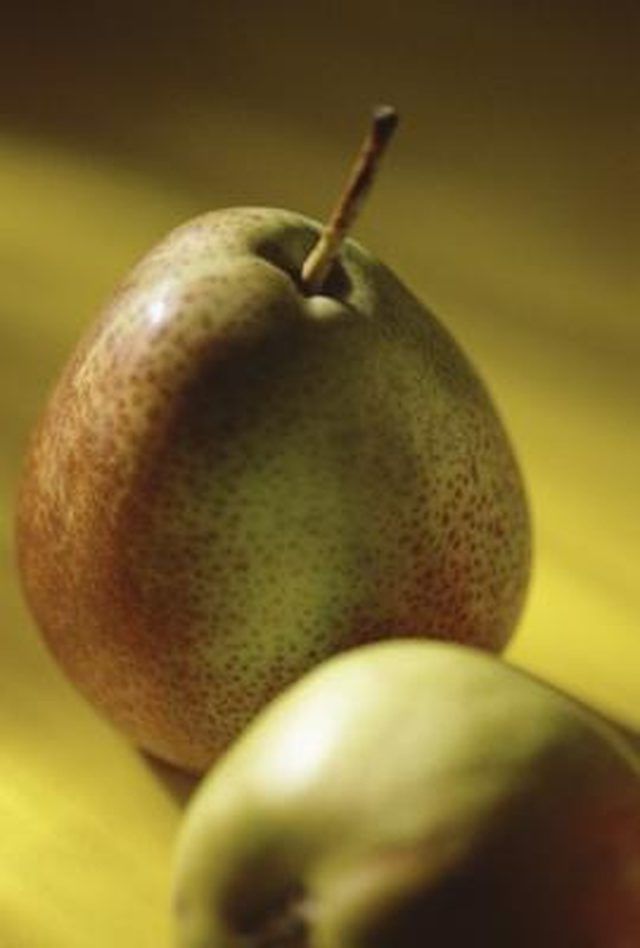Bulbs
Flower Basics
Flower Beds & Specialty Gardens
Flower Garden
Garden Furniture
Garden Gnomes
Garden Seeds
Garden Sheds
Garden Statues
Garden Tools & Supplies
Gardening Basics
Green & Organic
Groundcovers & Vines
Growing Annuals
Growing Basil
Growing Beans
Growing Berries
Growing Blueberries
Growing Cactus
Growing Corn
Growing Cotton
Growing Edibles
Growing Flowers
Growing Garlic
Growing Grapes
Growing Grass
Growing Herbs
Growing Jasmine
Growing Mint
Growing Mushrooms
Orchids
Growing Peanuts
Growing Perennials
Growing Plants
Growing Rosemary
Growing Roses
Growing Strawberries
Growing Sunflowers
Growing Thyme
Growing Tomatoes
Growing Tulips
Growing Vegetables
Herb Basics
Herb Garden
Indoor Growing
Landscaping Basics
Landscaping Patios
Landscaping Plants
Landscaping Shrubs
Landscaping Trees
Landscaping Walks & Pathways
Lawn Basics
Lawn Maintenance
Lawn Mowers
Lawn Ornaments
Lawn Planting
Lawn Tools
Outdoor Growing
Overall Landscape Planning
Pests, Weeds & Problems
Plant Basics
Rock Garden
Rose Garden
Shrubs
Soil
Specialty Gardens
Trees
Vegetable Garden
Yard Maintenance
Are Pear Trees Self-Pollinating?
Are Pear Trees Self-Pollinating?. In order to produce fruit, fruit tree blossoms require pollination. Pear trees vary in whether they can pollinate themselves or require a second variety for cross-pollination.

In order to produce fruit, fruit tree blossoms require pollination. Pear trees vary in whether they can pollinate themselves or require a second variety for cross-pollination.
Types
Most pear trees require cross-pollination in order to set fruit. Anjou, Bartlett, Comice, Hardy and Kiefer are partially self-fruitful but produce larger yields if fruit if allowed to cross-pollinate. Seckel cannot act as a pollinator for Bartlett.
Significance
Unless you purchase a tree with two compatible varieties grafted onto a single rootstock, you will need to plant two different, compatible types of pear in order to obtain any fruit from self-unfruitful trees or a good yield of fruit from self-fruitful trees. Check with the nursery where you purchase your trees or your local extension office to ensure that the trees you select can pollinate each other.
Considerations
Pear trees rely on bees for pollination, yet their blossoms produce less nectar than other flowers, so attracting bees can prove a challenge. For extensive pear plantings, you may need to bring in beehives. Also choose two varieties resistant to fire blight, since the disease destroys the tree's pollen, making it ineffective for cross-pollination.